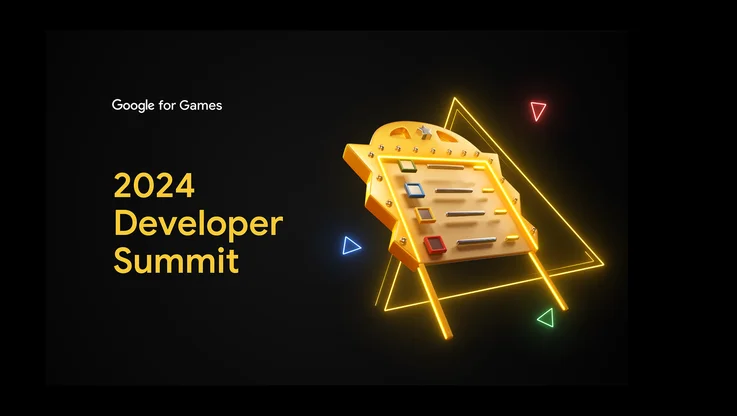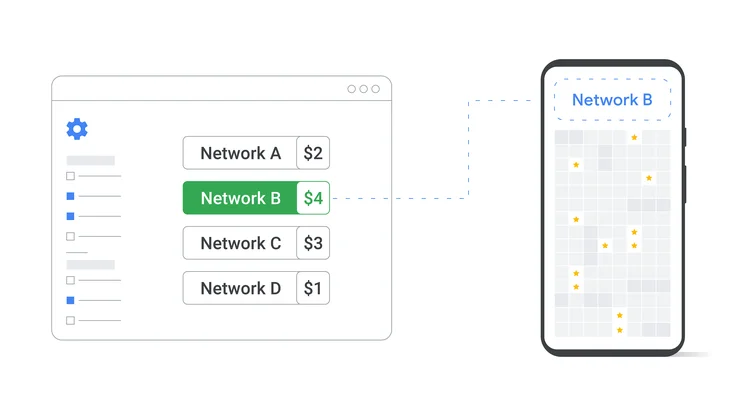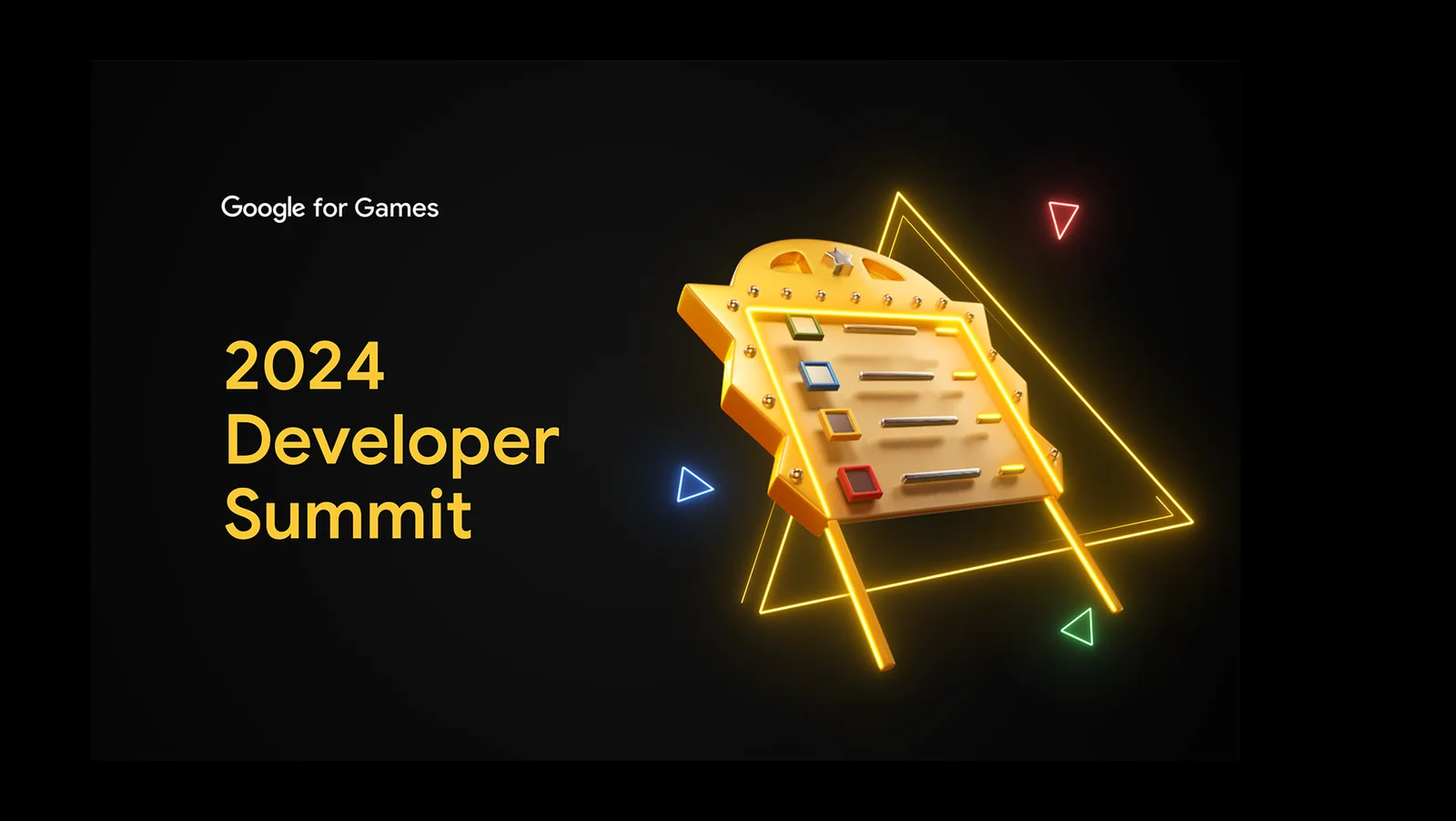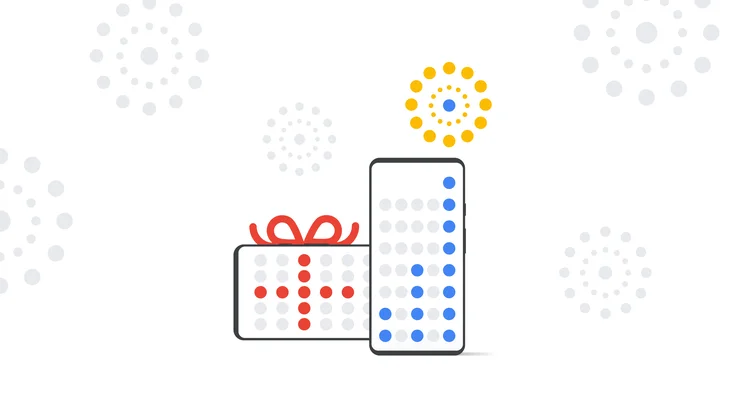Taking the guesswork out of app monetization with Firebase Predictions
Earlier this year, at the Game Developers Conference, we shared how we’re innovating across our platforms to help our partners grow their audience and earn more from their apps. One emerging trend in game monetization is the use of both in-app purchases (IAPs) and ads. Last year alone, the number of gaming apps in the Google Play store employing this “hybrid monetization” strategy grew by more than 50 percent.
Building a successful hybrid monetization model isn’t easy -- developers don’t want to cannibalize the sales of digital goods by showing ads to players who are on the brink of paying. To help developers make smarter decisions, like which players to show ads to, the team launched Firebase Predictions (beta) last year. Today, we’re sharing how you can use Predictions to take the guesswork out of app monetization.Predicting in-app behavior with Google’s machine learning expertise
Predictions uses deep-learning models powered by TensorFlow to predict app user behavior such as the likelihood of a user buying a good in a game or the chances of a user becoming inactive. Making the most of game event data from the Google Analytics for Firebase SDK, it dynamically groups users into different segments based on their predicted behavior.

These predictive segments are updated daily based on actual and ongoing user behavior. Armed with this information, you can take a variety of actions such as personalizing the UI of your app for users who are predicted to spend money in-app using Firebase Remote Config or sending users an offer via Cloud Messaging.

Developers like Rockbite have successfully used Predictions to build smarter monetization strategies. For their game Deep Town, the Rockbite team incorporated rewarded ads to complement revenue from the sale of digital goods. To optimize their monetization strategy and ensure they weren’t showing ads to paying customers, the team first experimented with segmenting players and serving ads by demographics. However, the results from these experiments were inconclusive. So, they turned to Predictions.
Predictions used machine learning to segment the game’s users based on their likelihood to spend. Rockbite started showing ads only to those players who were predicted to not spend. The net result: a 24 percent increase in revenue from the predicted nonspender group!
Optimizing app strategies with Predictions
Predictions can help developers optimize their app strategy in many other ways. Halfbrick
https://firebase-dot-google-developers.appspot.com/downloads/Halfbrick_Case_Study.pdf
, for example, used experiments in Predictions to test different strategies for re-engaging customers and minimizing churn. Developers can set up a variety of experiments with Predictions, to maximize their revenue and user engagement. Some examples include:- Experiments with ad frequency Tuning ad frequency (more or less) for players who are predicted to churn or tuning ads so that they’re only shown to users not predicted to spend
- Experiments with ad content Showing rewarded house ads for other games in your portfolio to players who are predicted to churn or promoting unique IAP offers to players who are expected to spend
- Experiments with different rewards Predictions can be combined with other analytics attributes, user properties or audience insights to fine tune your strategy so you may, for example, reward only users predicted not to spend in specific geos or regions, or who play your game in specific ways.
Reach out to us if you have any questions, feedback, or suggestions. We look forward to hearing from you!
1. Google Play data, Global, Jan. 2017 vs. Jan. 2018. Developer-declared ads & IAP flags utilized from Google Play Store.





